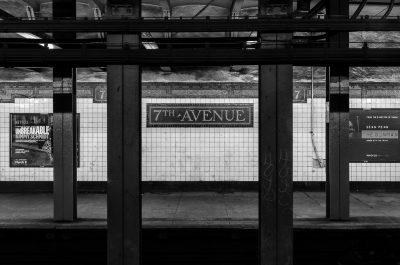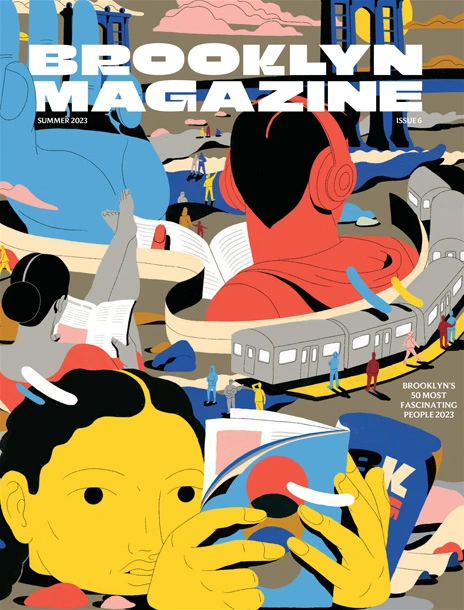What Makes a City Livable for Millennials?
Despite the fact that New York City actually had a net loss of migrants during the years 2000-2010, the people most likely to come and stay in New York all fell within the age group of 15-29, meaning that while New York might not be the city that older people want to come to and stay in, it’s still a hub for young adults. And really, didn’t we all know that already? After all, despite New York’s sky-high cost of living, there are tons of benefits to living here, including access to excellent public transportation, many of the world’s finest cultural institutions, restaurants and bars galore, and an active (though ultra-competitive) job market. But does all this make New York the perfect city for young adults to live in? Not according to a recent round-up of the most livable cities for people under 35 by website Vocativ, which ranks New York a dismal 23 out of 35, behind Omaha, NE and Columbus, OH, and barely ahead of Fresno. How can this be? When is New York ever not better than Kansas City? And what makes Tucson so livable? Has the world gone mad?
Well, according to Vocativ, the qualifications of livability for young adults include some things that probably contribute to livability for the entire population, not just people in their 20s, like low unemployment rates, low rent, and affordable groceries. The categories that are more specific to young adults are things like a concentration of other young people, an abundance of music venues, and the availability of cheap beer and affordable, high-quality weed. Based on this criteria, New York—perhaps unsurprisingly—doesn’t do so well, because, as we all know, New York doesn’t have cheap or affordable anything. Except, apparently, manicures. The areas where New York does well in the livability index are predictable enough: easy access to public transportation, highest average salary, and a whole hell of a lot of laundromats. Of course, this list (which, by the way, ranks Portland—Portland—as the best city for young adults), doesn’t take everything that’s important to every young adult into account. The other problem with this list is that a huge way that Vocativ determines things is based on the existence of certain things (coffee shops, music venues, cheap eats, etc.) per capita, and that means that a city with a huge population like New York will never rise up the rankings as much as a smaller city like San Francisco or Long Beach or Portland can.
However, maybe those numbers aren’t so deceptive after all. Maybe being in a smaller city which doesn’t have as entrenched a social and economic strata as New York does is just a better decision overall. At the Atlantic, Nona Willis Aronowitz has just launched an in-depth series called “Where Millennials Can Make It Now,” in which she will be exploring a huge variety of American cities, like Jackson, MS and Pittsburgh, and their respective abilities to provide a vibrant present and a bright future for today’s young adults. Willis Aronowitz spent six weeks traveling around the country, visiting the cities she would be writing about, and broke the cities into four separate categories—Small Ponds for Big Fish; the Gems Next Door; Towns Luring Back Their Townies; and Budget Boom Towns. New York, as you might expect, fits in nowhere on this list. All of the places that Willis Aronowitz visited were chosen because they aren’t just places for young people to move to and move away from—which is what’s been happening in New York—but are instead places that people go to in the hopes that they can build a life there, that they can spend their 20s thriving instead of struggling. The truth is that most places are livable for young people. Even New York with its stratospheric housing costs can be livable for awhile. But, unfortunately, it doesn’t seem like it’s a place that’s sustainable for most people. Which, I guess that means, on to Albuquerque? Or, you know, maybe not.
Follow Kristin Iversen on twitter @kmiversen
You might also like 





















